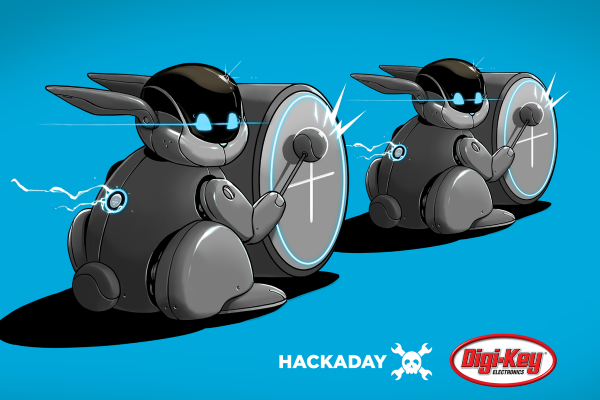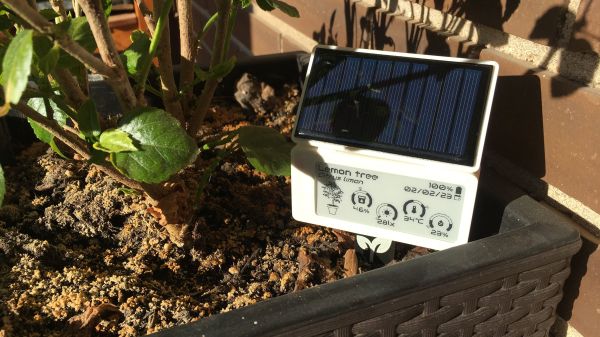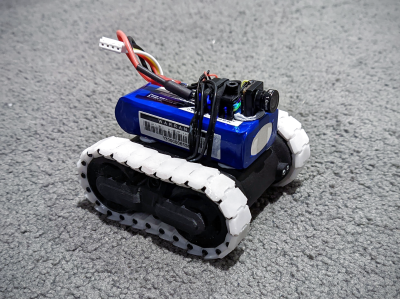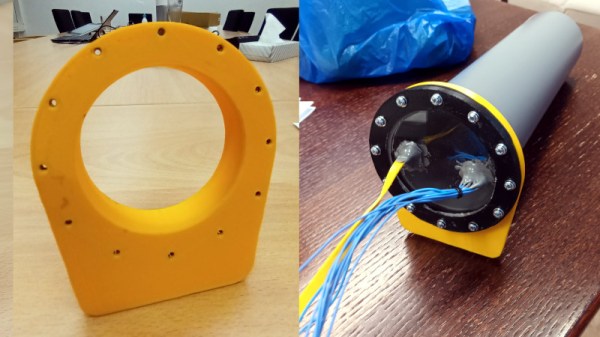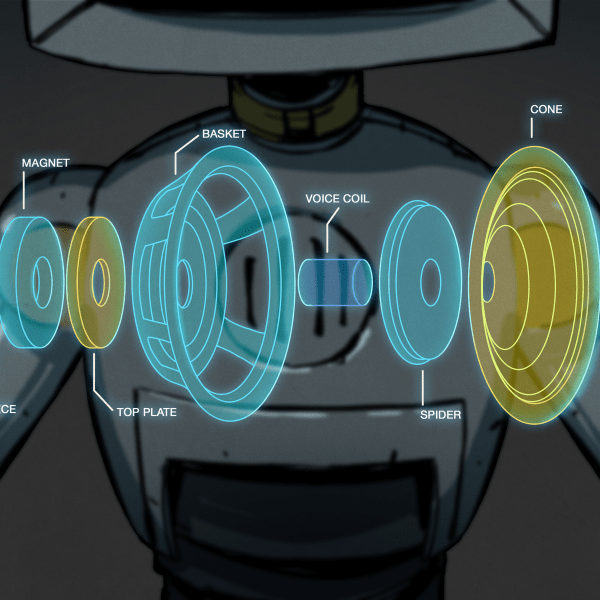Congratulations to the winners of the 2023 Hackaday.io Low Power Contest! We challenged you to show us how much you could do with how little, and you did not disappoint. Our judges have put their heads together, and thanks to Digi-Key, our contest sponsor, the top three entries will be taking home a $150 gift certificate for yet more hacking supplies.
We saw a great diversity of ideas here, all on the low-power theme. So without further ado…
The Prize Winners
[Christoph]’s Ultra Low Power RF-Sensor arose out of necessity. Having just repaired a shower drain, he couldn’t be sure that it wouldn’t start leaking again at some point in the future, but couldn’t go ripping up the floor under the shower tray every week to check. He needed a remote moisture sensor that would do the job for a long time with no intervention.
This superb solution combines an Atmel ATmega328P, an HDC1080 humidity sensor, a 433 MHz radio transmitter, and an RTC to keep power consumption super-low when everything else is shut down. Idling at 600 nA total most of the time, taking a reading every 15 minutes, this device should last for 12 years, and it’s been installed and running for five so far, so we’d say that it’s already proven itself very worthy of taking home the prize here.
[BleakyTex]’s Compact, low-power Geiger counter is absolutely the lowest power Geiger counter we’ve ever seen and maybe also the cutest. With the ambitious goal of running up to two years on two tiny LR44 batteries and a proven runtime of about six months by now, this is the radiation detector you can take with you every day, should you need to. The key is a custom HV section that’s designed for efficiency and the screen – even today, it’s still hard to beat the low power consumption of the humble LCD screen. All this, and it still makes those satisfying clicks when it’s enabled. [BleakyTex] says he might make a kit from this, and we absolutely hope he does!
[mircemk]’s Microwatt Pulse Motor took one of our suggestions in the announcement of the contest and ran with it. This eight-pole handmade electric motor doesn’t actually do anything other than spin, but it does that when hooked up to a literal potato. Pulling around 40 mA at 600 mV, it can easily run on solar power with enough power left over to charge up a battery for when the sun doesn’t shine. All of this is made with extremely simple circuitry and parts scavenged from old relays with a sewing needle held up by a magnet for the bearing. This is pure ingenuity and a sweet low-power demo.

